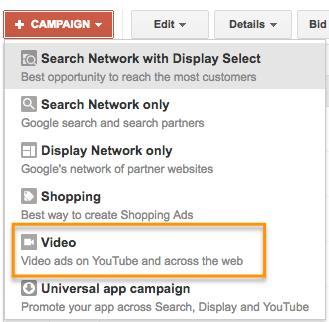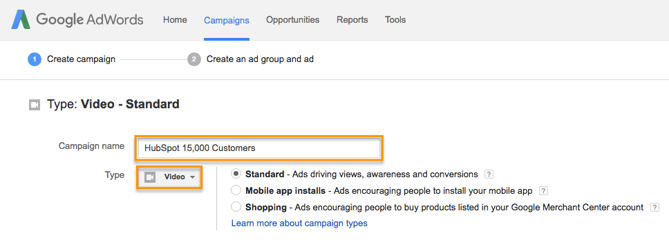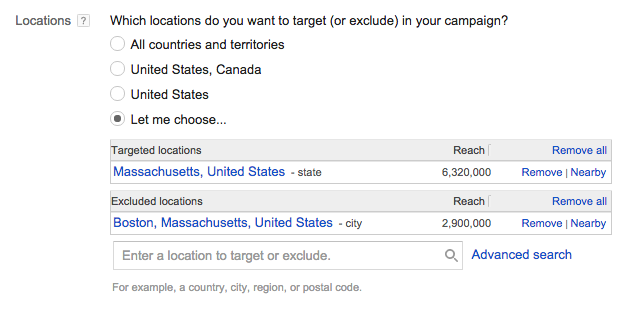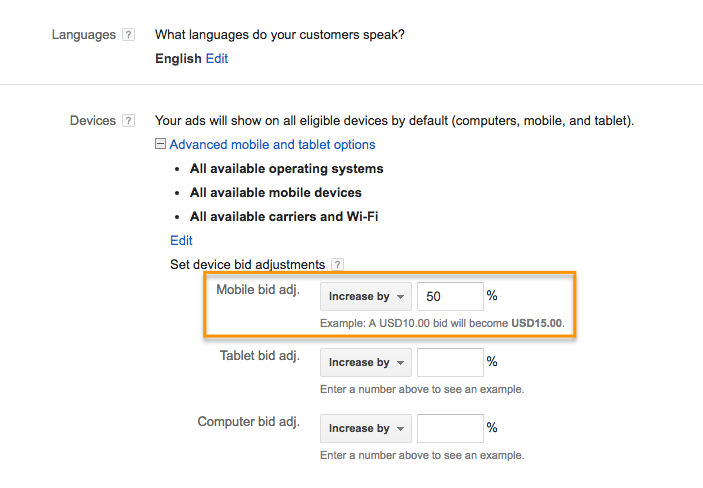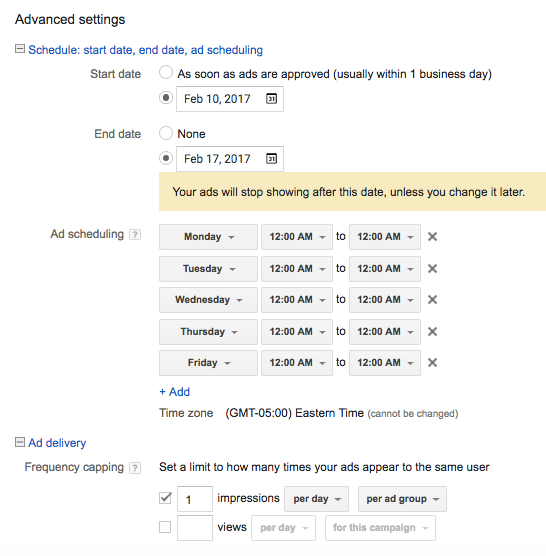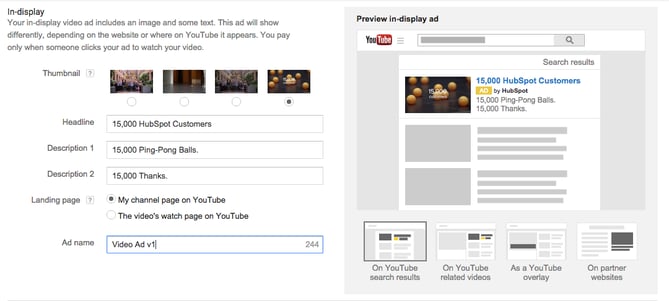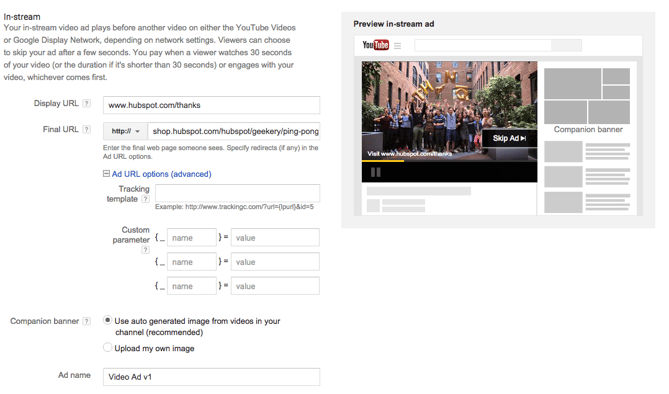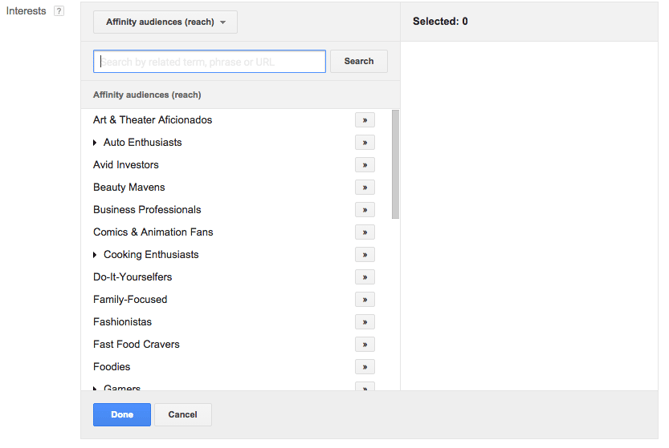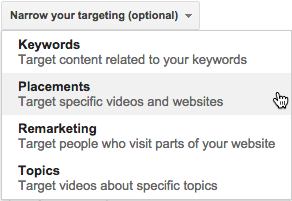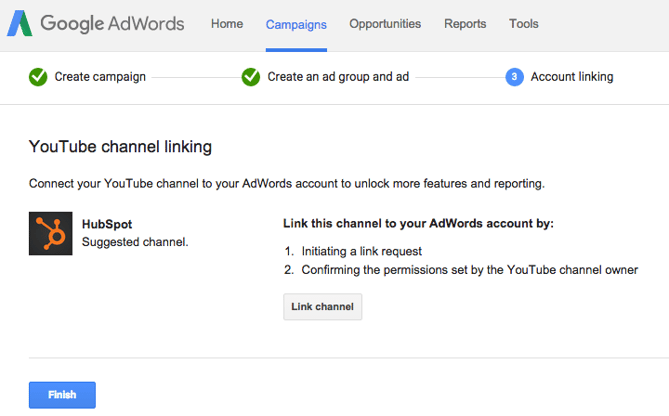You have spent months perfecting the script, storyboarding, discovering the right talent, shooting, and editing. The end outcome? A blockbuster brand or product video.
With all that time invested, you could not stop at just embedding the video on a homepage or sharing it on social media platforms and hoping somebody watches.
When you have created a marketing video you want to promote on YouTube, it’s time to launch a Youtube video marketing campaign (When you’ve not made a video yet, right here’s how to get began with Animoto or Wistia.) Then, publish your video to YouTube.
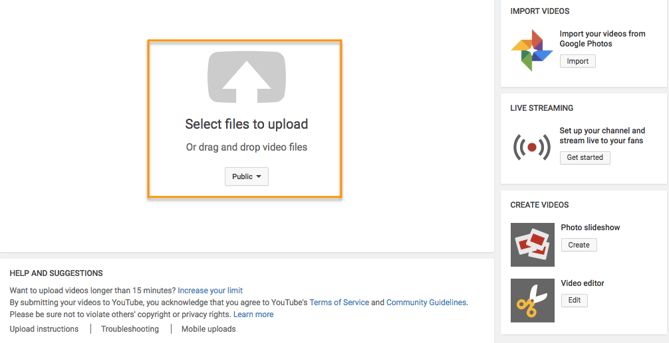
Now, you are ready to set up your Youtube video marketing campaign. First, go to your Google AdWords account to set up your marketing campaign.
Campaign Type
Click on the drop-down menu on the right-hand side of the red “+ Campaign” button on your Google AdWords homepage and choose “video.”
Campaign Name
Enter a name for your marketing campaign, and ensure Video has been chosen from the Type drop-down menu.
Video Advert Format
Choose “In-stream or video discovery adverts” to make sure your video advert will be in TrueView format (in the style of the examples outlined above).
Budget
Set your budget per day. You could also choose a delivery way — both the standard delivery, which exhibits adverts evenly during the day or accelerated delivery, which drives views as rapidly as possible. The latter would be helpful if you need to capitalize on a trend or news item related to your brand’s video.
Networks
Decide where you want your Youtube video marketing campaign to appear.
- YouTube Search: Your video advert will appear in outcomes for searches and will appear on the YouTube home page, channel pages, and video pages.
- YouTube Videos: This runs TrueView adverts that could appear in-display adverts or in-stream adverts. With this feature, you could select for your video advert to appear before or around videos shown across the Google Display Network.
You need to make separate campaigns for YouTube Search and YouTube Video as this will assist you to better track performance metrics. These adverts are served to people performing very different activities and require a different amount of commitment from the viewer, so it is best to monitor performance separately.
Locations
Define the location of the audience whom you want the advert to be shown to. You could also exclude certain locations.
Language, Device & Mobile Bidding
AdWords will allow you to specify the operating system, device, and carrier for more advanced targeting. That is particularly helpful for mobile app adverts, and there is an option to raise or decrease your bid based on if the video advert is shown to somebody on a mobile device.
Advanced Settings
With the advanced settings section, you could set start and finish dates for your marketing campaign, create a custom schedule for when your video advert needs to be shown, and limit the daily impressions and views for users. This all lets you get the most return for your advert spends.
Creating the Video Advert Creative
Name your advert group, and then insert the YouTube link for the video you would like to run the advert for. You’ll then select whether you want this to run as an in-stream advert or an in-display advert.
For in-display, you will need to include a title and brief description, which is entered on two separate lines. Note: Titles are limited to 25 characters, and the description lines are limited to 35 characters each.
In-stream adverts give you the option to overlap a display URL on top of the video. You need to use a vanity URL that directs to another final URL to make it more memorable. You could embrace advanced URL tracking options. In addition, a companion banner made from photos from your video will appear on the right side of the video advert.
Bidding
You will then determine the max price you’ll pay for each view, which you could adjust to extend the number of projected views your video might get.
Targeting
Finally, you could further define the audience you would like the video to be shown — options embrace gender, age, and parental status. You could also target individuals by their interests, like beauty mavens, cooking enthusiasts, horror film followers, and so on. Try running multiple campaigns to focus on different groups of customers to find who’s most engaged, rather than including everybody you want to target in one marketing campaign.
Advanced Targeting
You could also target individuals by keywords, topics, or sites where you would like your video advert to appear. Keyword targeting with in-display adverts could be a powerful tool for finding individuals who’re looking for a visual reply to a question. Make sure to do your research, and try testing out different groups of keywords to see which results in more views, clicks, or conversions.
Moreover, you could use AdWords video adverts to remarket to people who have been in contact with your brand already. This could help you to re-engage those who are already familiar with your brand.
Linking Your Account
You need to link your AdWords account to the YouTube channel where the video is hosted if you have not already. You could also click on “finish” to start running your video advert campaign.


